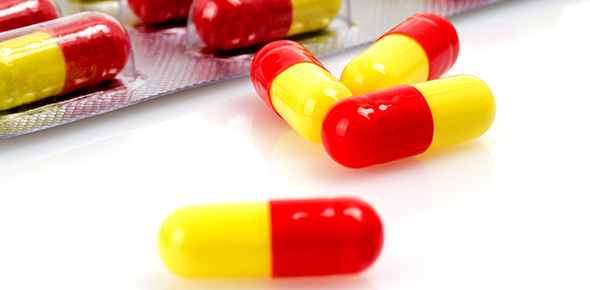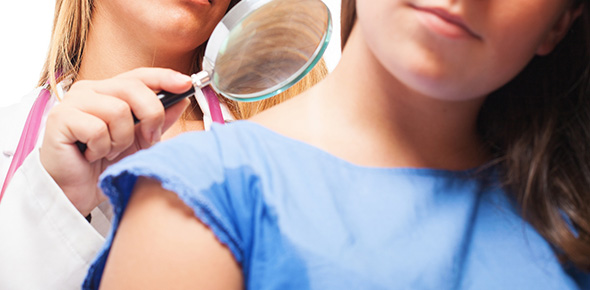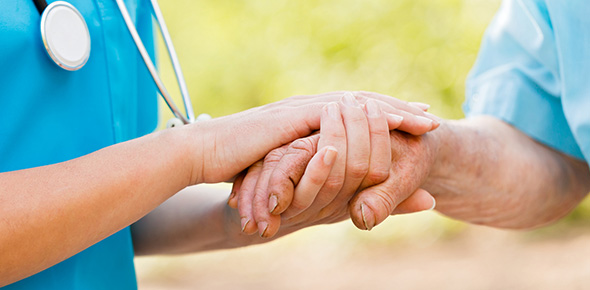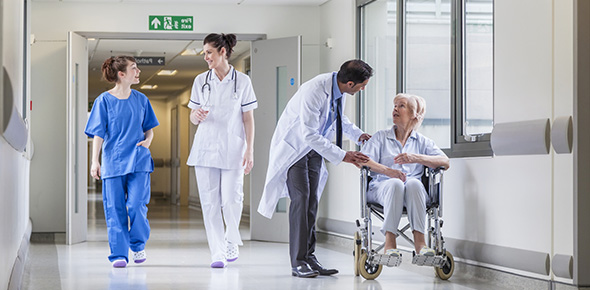Related Flashcards
Cards In This Set
| Front | Back |
|
Drugs
|
-The use of drugs for both medical and social purposes is widespread in America
-the most serious consequences are abuse addiction
|
|
Psychoactive
|
Can alter a person's state of mind or consiousness
-many psychoactive drugs can cause intoxication, a state in which physical and emotional changes occur
|
|
Addictive Behavior
|
-is any habit that has gotten out of control, resulting in a negative effect on one's health
-General characteristics associated with addictive behaviors include:
-----reinforcement
-----compulsion or craving
-----loss of control
-----escalation
-----negative consequences
|
|
The Development of Addiction
|
-many common behaviors are potentially addictive, but most people who engage in them do not develop problems
-there is no single cause of addiction but could include the following
---Individual characteristics
-------coping abilities
---Environmental factors or aspects of the specific behavior or substance
-Those who have the most trouble dealing with stress and painful emotions may be more susceptible to addiction
|
|
Examples of Addictive Behavior
|
- Compulsive or Pathological gambling
-compulsive buying or shopping
-internet addiction
|
|
Drug Abuse
|
-as defined by the APA, involves one or more of the following
---recurrent drug use, resulting in a failure to fulfill responsibilities
----recurrent drug use in potential physically hazardous situations
-----recurrent drug-related legal problems
-----continued drug use despite social and interpersonal problems caused by or worsened by the effects of the drug
|
|
Drug Dependence
|
Three or more of the following
-developing a tolerance of the substance
-experiencing withdrawl
-taking the substance in larger amounts or over a longer period than intended
-expressing a persistent desire to cut down or reculate substance use
- spending a great deal of time obtaining the substance, using the substance, or recovering from its effects
-giving up or reducing important schoo, work, or recreational activitied because of substance use
-continuing to use the substance in spite of recognizing that it is contributing to a psychological or physical problem
|
|
Who uses (and abuses) drugs
|
- the use and abuse of drugs occurs at all income and education levels, all ages and ethnic groups
-characteristics that place people at higher-than-average risk are
----being male
----being young
----having frequent exposure to drugs
----being disinterested in school
----having a risk-taking personality
|
|
Psychoactive drugs
|
See chart
|
|
Treatment for Drug abuse and Dependence
|
-there is no single best method of treatment but different types of programs are available
-treatment programs include: Drug substitution;treatment centers, self help groups, peer counseling
|
|
Preventing Drug Abuse and Dependence
|
- The best solution to drug abuse and dependence is prevention
-specific approaches include:
---building self-esteem
---improving academic skills
---increasing recreational opportunities
---providing honest information about the effects of drugs
|
|
Alcohol
|
- Ethyl alcoholis the common psychoactive ingredient in alcoholic beverages
- The concentration of alcohol is indicated by the term, "proof'" which is double the percentage of alcohol
-when consumed, alcohol is absorbed into the bloodstream from the stomach and small intestine
-the main site of alcohol metabolism is the liver
|
|
Immediate effects of Alcohol use and the Effects of alcohol
|
See chart
|
|
Cirrhosis
|
-disease in which the liver is severely damaged by alcohol, other toxins, or infection
|
|
Fetal Alcohol Syndrome
|
-FAS, describes birth defects due to excessive alcohol consumption by the mother, including facial deformities, heart defects, and physical and mental impairments
|







